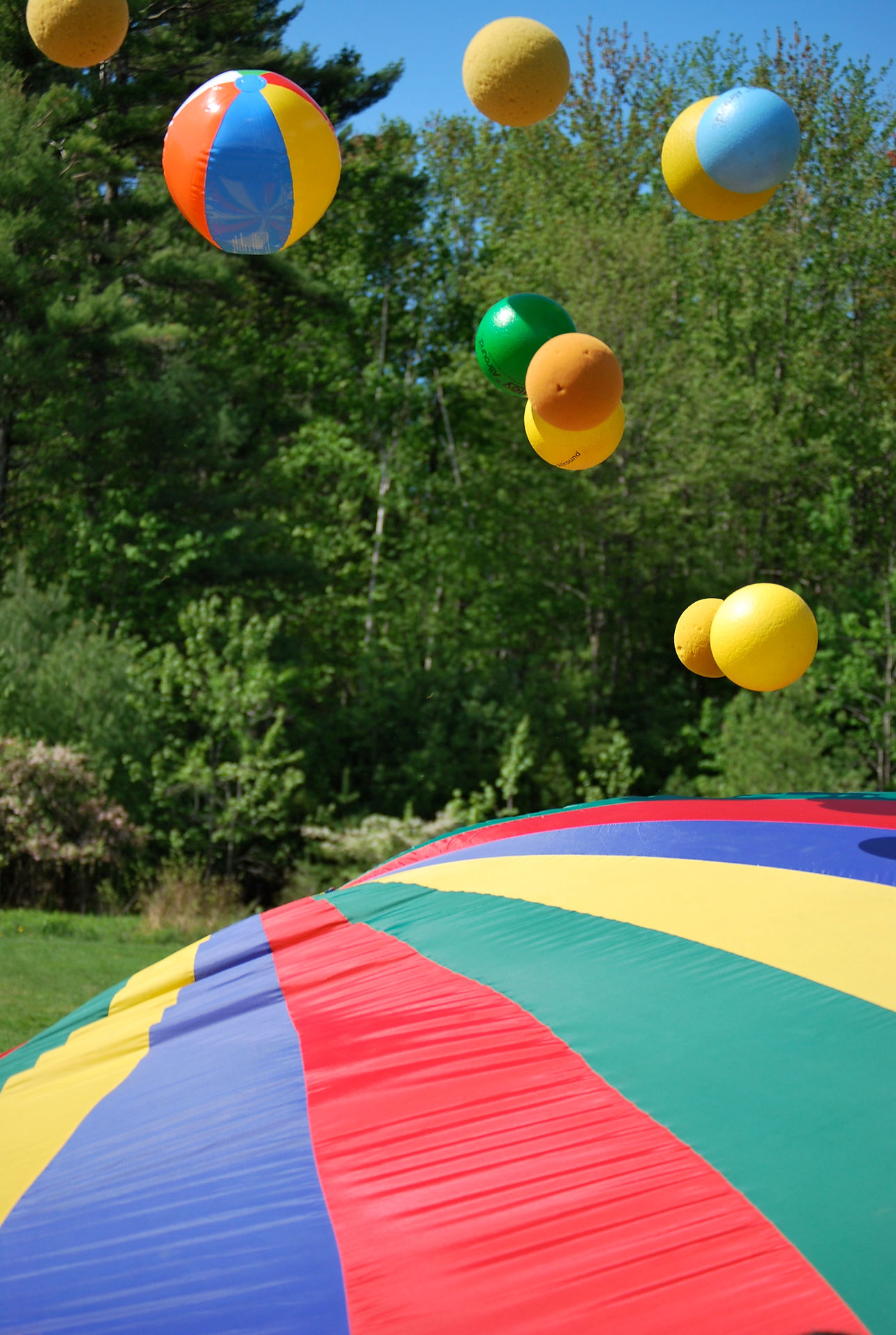
Marty Cryer
Digital Citizenship
Advocate, model, and teach safe, legal, and ethical use of digital information and technology, including respect for copyright, intellectual property, and the appropriate documentation of sources.
Overvue:
Helping students understand that not everything on the Internet is theirs to use as if it were their own is a difficult concept for students to understand and teachers to teach. There are so many different situations for attribution that the whole concept seems to get a bit muddy at times. I have taken on the strategy of attribute if it is not yours and work to help my students
Click on image to view full Glogster report
understand this. I have been only moderately successful.
Since my students are only 8 and 9 years old, my goal is not perfect citation, but a simple list of titles and URLs for their recources. My goal is simply to help them understand that the work beliongs to someone else and they are simply borrowing it. We talk a lot about this in class and it is surprisingly difficult for students.
Difficulties and Future Plans:
My goal is to have students use only Creative Commons images and cite the URL/title of any book or website they use for their facts. I have found it especially hard for students to use Creative Commons images and cite them appropriately. This is partly because it is difficult for me, but also because it is hard for students to know what images are available for their use and which are not, especially since many image search engines are not safe for student use. The balance is very difficult to navigate. We use sites such as creativecommons.org, but I am afraid students will choose the wrong search engine.
With grad school and working on new curriculum for all subject areas, I have been unable to spend the time I need developing a workable plan for student understanding in this area. The results of my efforts have been inconsistent, but most students are aware of the need for attribution and are making an attempt at doing so.
Recently, I found several reesources that I will be looking at much more closely as it appears they will be quite useful.
-
First, is a Directory of Free Image Sources. This blog post by Dan Leeman, reviews several free image sources and evaluates them based on subject, resolution, license and safety. By looking at the sources on this list, I hope to create a smaller list of save resources for my students.
-
Second, I found a blog post on Educational Technology and Mobile Learning about 10 Google resources on digital citizenship. This looks like a great start to develop some lessons about copyright and the importance of giving credit to the creator of your information.
-
Third, I am going to take a closer look at the Digital Public Library to see what is appropriate for my students and if this is something they could use for their own research.
-
Finally, I will be looking at other resources to help students create better Internet information searches. All of my students know about Wikipedia, but very raely can they read the material and understand it. Using safe search engines designed for children often fail to find the topics my students research. For example, when students recently searched for biography information about LL Bean or Maine's Fort Knox, the information they pulled up was not especially useful.
